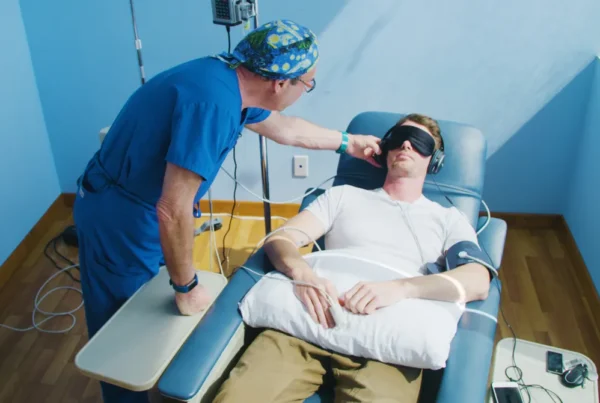Ketamine, once primarily known solely as an anesthetic, has gained significant attention in the mental health field as a treatment for depression, anxiety, PTSD, and other conditions. However, the legal status and accessibility of ketamine for mental health treatment present a complex picture that patients and providers need to navigate. This blog post will shed light on these aspects, offering insights into the legal nuances, regulations, and accessibility issues surrounding ketamine treatment.
Understanding Ketamine’s Legal Status
Ketamine’s journey from an operating room anesthetic to a mental health treatment option has been marked by evolving legal and regulatory considerations. While it remains a controlled substance due to its potential for misuse, its medical use is legal when prescribed by a licensed healthcare professional.
FDA Approval and Off-Label Use
The FDA has approved a ketamine derivative, esketamine (brand name Spravato), specifically for treatment-resistant depression. However, ketamine itself is used off-label for mental health treatment, a common and legal practice in medicine, allowing healthcare providers to prescribe FDA-approved drugs for unapproved uses based on clinical judgment.
Navigating the Regulations for Ketamine Treatment
Given its controlled status, ketamine treatment for mental health is subject to stringent regulations to ensure safety and efficacy:
- Prescription: Ketamine must be prescribed by a qualified healthcare professional.
- Treatment Settings: While in-clinic treatments are most common, at-home ketamine treatment has become increasingly available, adhering to specific protocols for safety and monitoring.
- Licensing and Certification: Clinics and practitioners offering ketamine treatment need appropriate licensing and often undergo additional training and certification.
Accessibility Challenges
Despite its therapeutic potential, several factors can affect the accessibility of ketamine treatment:
Geographical Limitations
Availability of ketamine treatment can vary significantly based on location, with more options in urban areas compared to rural regions.
Insurance and Cost
Ketamine treatments, especially off-label uses, are not consistently covered by insurance. This can make the therapy prohibitively expensive for some patients.
Awareness and Education
Lack of awareness and education about ketamine among both patients and healthcare providers can limit its accessibility.
Overcoming Accessibility Issues
Efforts are underway to improve access to ketamine treatments:
- Telehealth and At-Home Treatment: Innovations like telehealth consultations and at-home ketamine treatment options are making this therapy more accessible.
- Insurance Advocacy: Some clinics and providers are working to increase insurance coverage for ketamine treatments.
- Educational Initiatives: Increasing education about the benefits and safety of ketamine treatment can help more patients access this care option.
Conclusion: A Promising, Yet Complex Treatment Option
Ketamine treatment for mental health represents a promising avenue for patients who have not found relief through traditional methods. However, navigating its legal and accessibility aspects requires understanding and collaboration between patients, healthcare providers, and policymakers. As awareness grows and regulations evolve, the hope is for more patients to access this potentially life-changing treatment safely and effectively. If you would like to learn more about Safe Haven Health’s at-home ketamine treatment program, schedule an appointment today.
Disclaimer: This content is intended for informational purposes only and should not be considered legal or medical advice. Consult with healthcare and legal professionals for personalized guidance.




